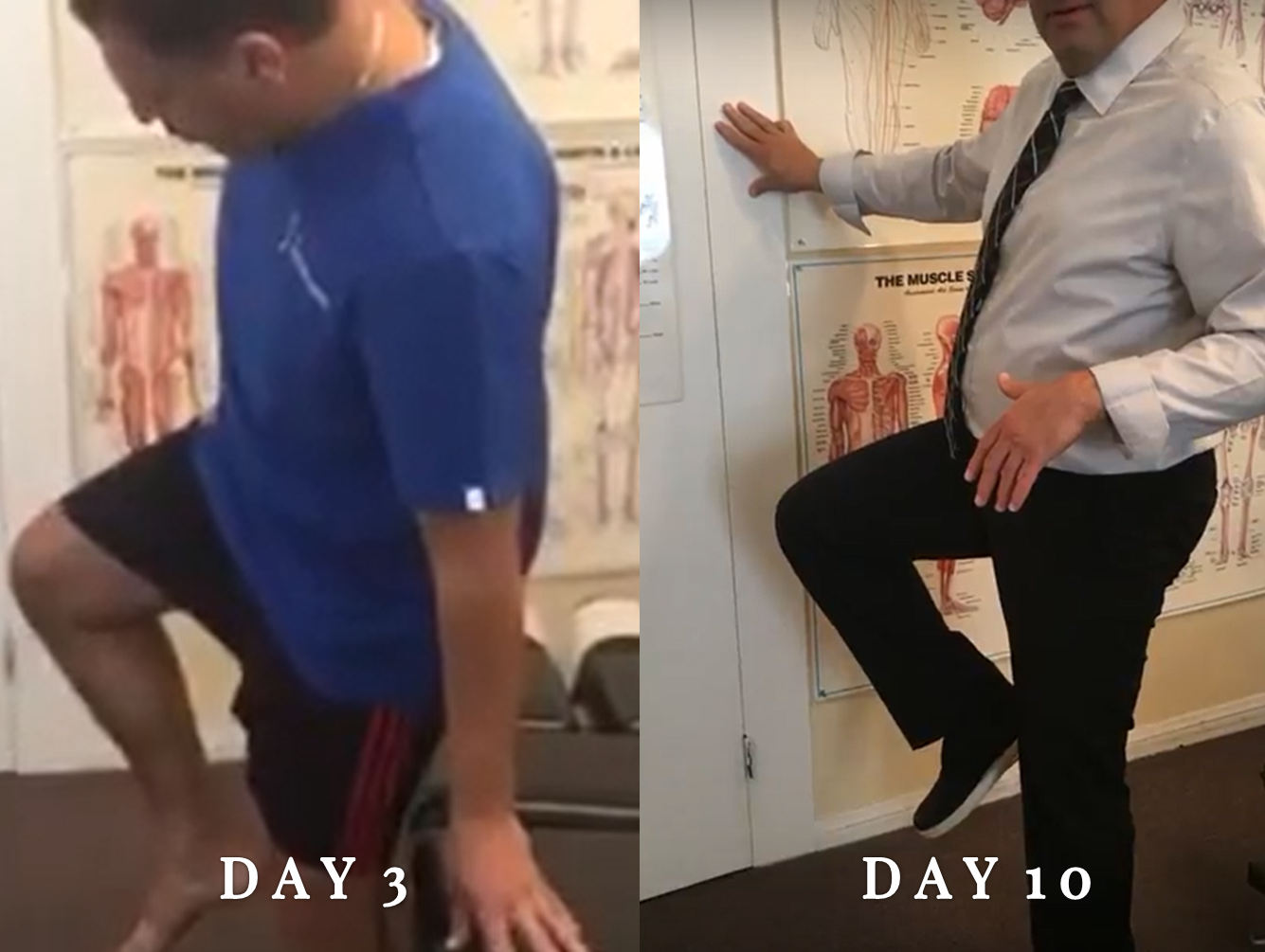La Verne Knee Pain Sports Chiropractor – As some of you may already know, I recently injured my knee playing soccer. Specifically, I tore the lateral meniscus on my right knee. Consequently, I was told by my own doctor that there is a 50/50 chance I will have to undergo knee surgery. Prior to taking the invasive route, however, I will be applying the techniques I have been using on my own patients for years to heal their knee problems, knee injuries, and meniscus issues…on myself. Through a combination of laser therapy, adjustments, and nutritional modifications, I will strive to repair and heal my knee without surgery. Watch my journey, and see if I can treat my own knee conservatively.
A torn meniscus can also result from heavy lifting, squatting, contact sports, or due to weak cartilage. Unfortunately, if you have arthritis or degenerative knee joints, you can also tear your meniscus simply by getting up from a chair or climbing stairs.
So why does the meniscal tear? Well, your meniscus is a semi-circular cartilaginous disc sitting between your knee joints (femur/thigh bone and tibia/shin bone) providing cushion and support. Since they are cartilaginous, they are spongy, but tough. Unfortunately, that also means they can wear down and tear.
If you do tear your meniscus, you may notice pain and swelling deep in the knee joint. You may also struggle with fully extending your knee. If the injury is serious enough, however, you will have great difficulty walking and standing.
Although surgery is recommended a lot of the times to treat a torn meniscal, I’m here to tell you first hand, you have other options!

In fact, I’m here to tell you that I don’t recommend surgery unless it’s absolutely necessary. Surgery is invasive. It causes scar tissue, which can hamper the function of your joints in itself. It usually also requires rehabilitation afterwards. Furthermore, although a body after surgery is not always the same, the body after rehab comes pretty close if not fully returning to its healthy self.
Accordingly, if you do find yourself in a situation where you have injured your knee, immediately ice the pain. Meniscal tears cause pain, swelling, and a sense of pressure behind your knee. Ice, on the other hand, will help alleviate this.
Next, you should get an exam, X-ray, and potentially a MRI. At this stage, you need to learn about the injury and decipher what action to take, and as mentioned the conservative route is what I usually suggest looking into first. Via the conservative route, a combination of laser therapy, adjustments, and nutritional modifications can be applied. Through laser therapy we can heal the area. With adjustments, we can align your feet, ankle, and knee to its proper bone structure. Additionally, with nutritious modifications, not only can we help keep the inflammation and swelling down, but we can supply more good, nutrition, and blood to the area while eliminating toxins, subsequently helping the damaged area heal faster.
If you live near La Verne, CA and you suffer from knee pain, knee clicking, swelling, difficulty placing pressure on a leg, or fully extending your knee…come see us. As a sports chiropractor with years of experience treating knee injuries conservatively, I can help you put an end to your discomfort.
Part 2 Update



